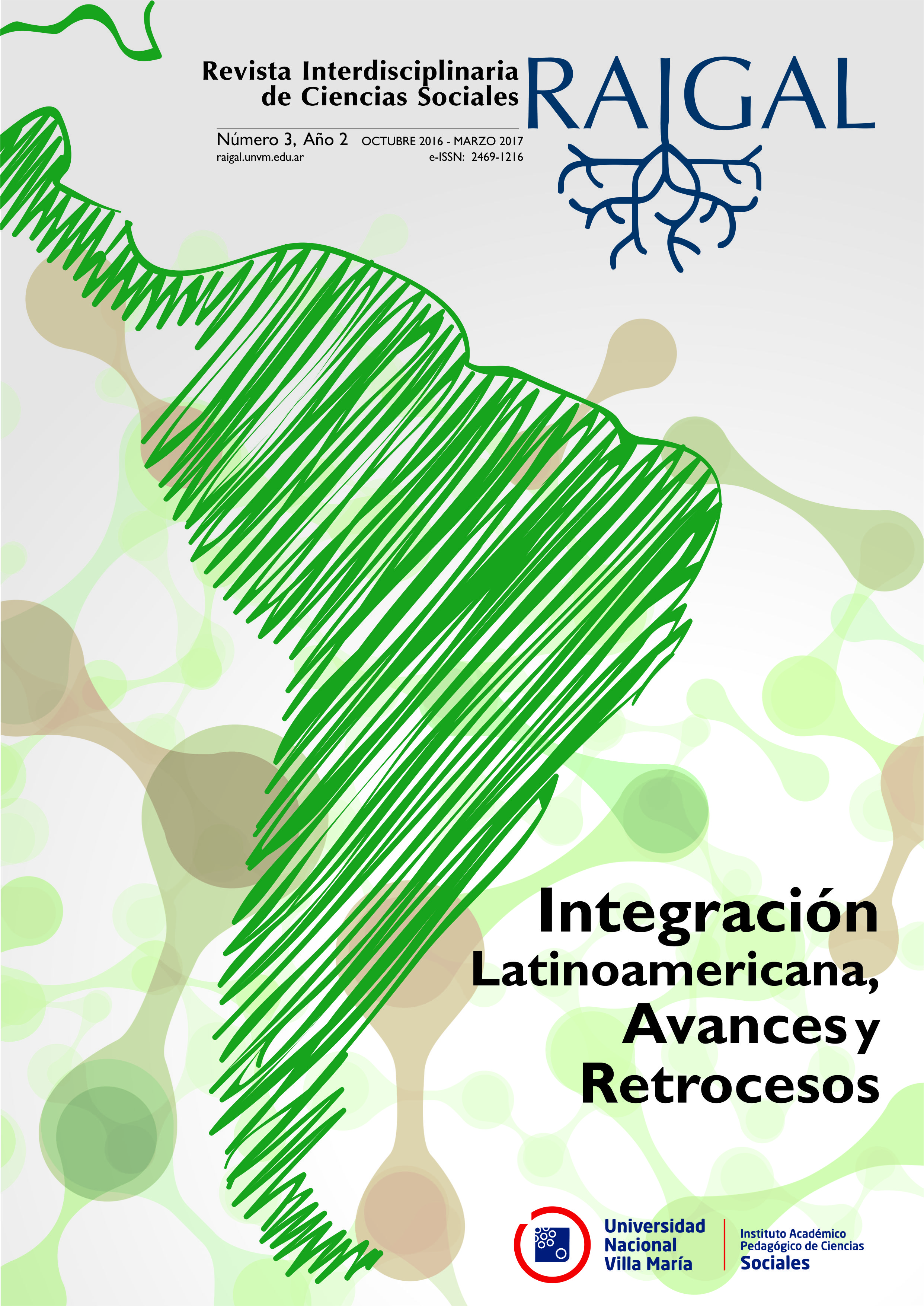The Pope Argentine: analysis semiotic on the construction of the figure of Francisco in the press national
Abstract
Although the pope Francis is a global religious and political referent, each of his actions are read in a local code by the local media, who from their assumption in 2013, continue to attribute a relevance role on political scene and social development of our country. During the election, consecration, first actions and official assumption of the Argentine cardinal and ex-bishop of the city of Buenos Aires, Jorge Mario Bergoglio, as pope, the newspapers Clarín, La Nación and Page 12 reports the " Argentinization" of the events, which had worldwide relevance. In order to make a contribution, to understand this particular reading of the reality that the Argentine media carried out and continues to carry, this article summarizes a final degree paper in Communication Sciences of the National University of Villa María; describe, in a comprehensive way, a semiotic analysis and compares the communication and discursive strategies employed by the newspapers to analyze the related to the election, appointment and assumption of Bergoglio, in March 2013, as the highest authority of the Catholic Church, becoming in a fact with historical characteristics, but at the same time, with consequences in our days.Keywords:
Francis pope, nationals newspapers, social discourses, Catholic Church, politicalLicense
Downloads
References
ALSINA, M (1993). La construcción de la noticia. Barcelona. Paidos.
ATORRESSI A (1996). Lengua y Literatura. Los estudios semióticos. El caso de la Crónica Periodística. Buenos Aires. Pro Ciencia Conicet. Red Federal de Formación Docente. Ministerio de Cultura y Educación de la Nación. Primera edición.
CHARAUDEAU, P (1982). Elementos de semiolinguistica. De una teoría del lenguaje a un análisis del discurso. París. Hachette Université.
GOMIS, L (2007). Teoría del periodismo. Cómo se forma el presente. Barcelona. Paidós Comunicación.
KERBRAT – ORECCHIONI, C (1997). La enunciación. De la subjetividad en el lenguaje. Buenos Aires. Edicial.
MARTINI, S (2000). Periodismo, Noticia y Noticiabilidad. Buenos Aires. Norma.
SAUTU, R (2005). y otros. Manual de metodología. Construcción del marco teórico, formulación de los objetivos y elección de la metodología. Buenos Aires. CLACSO.
TREW, T (1983). Teoría e ideología en acción. En: FOWLER, R. Lenguaje y Control. México. FCE.
VAN DIJK, T (2002). La noticia como discurso. Comprensión, estructura y producción de la información, Buenos Aires. Paidos.
VERÓN, E (1985). Cuando leer es hacer: la enunciación en la prensa escrita. En: Semiotique II. París. IREP.
VERÓN, E (1980). La semiosis social. En: MONFORTE TOLEDO, M (Comp). El discurso político. México. UNAM.
VERÓN E (1985). El análisis del Contrato de Lectura, un nuevo método para los estudios de posicionamiento de los soportes de los media. En “Les Medias: Experiences, recherches actuelles, aplications. Paris. IREP.
VERÓN, E (1985). Construir el acontecimiento. Editorial Gedisa. Prefacio de la Segunda Edición.
VERÓN, E (1998). Prensa escrita y teoría de los discursos sociales. Producción, recepción, regulación. En Langage, discours et societés 4.
VILCHES, L (1987). Teoría de la imagen periodística. Barcelona. Paidós.
ZECCHETTO, V (2002). La danza de los signos: nociones de semiótica general. Ediciones Abya Yala.





 We are indexed ...
We are indexed ...





